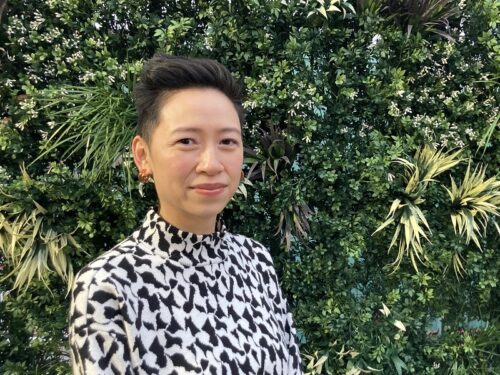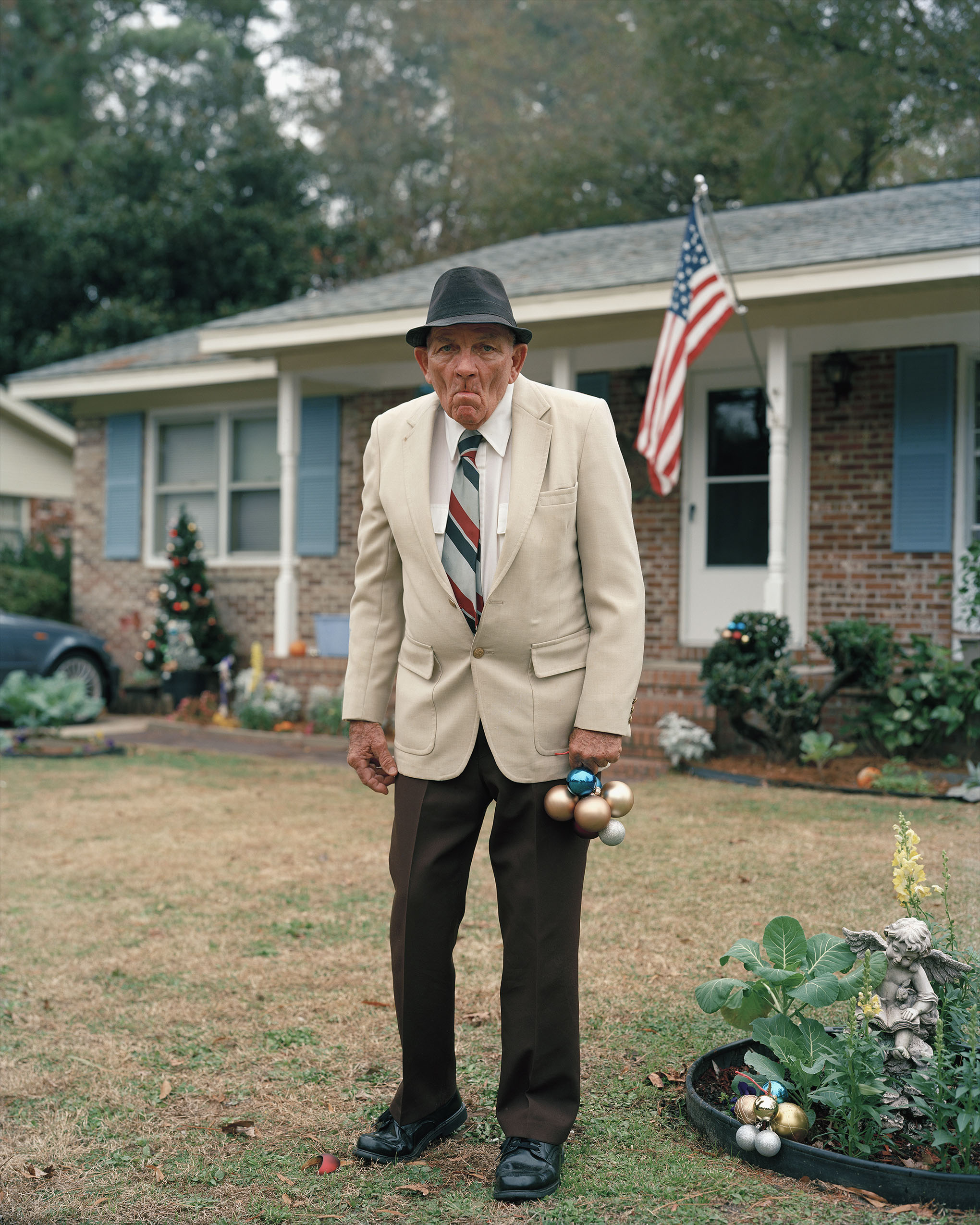On Envy and Time: A Craft Essay
9 Minutes Read Time
To accompany our spring 2024 issue (21.1), we have curated a folio on jealousy and envy. Reading Ravi Mangla’s story “Flavors of Tuscany” in particular inspired us to put together this feature. We initially called it just a “jealousy” feature, which describes what happens in Mangla’s story, but we then expanded it to cover the concept of envy. Though most dictionaries have accepted that jealousy and envy are used nearly synonymously in our culture, the Chicago Manual of Style says, “Jealousy connotes feelings of resentment toward another, particularly in matters relating to an intimate relationship {sexual jealousy}. Envy refers to coveting another’s advantages, possessions, or abilities {his transparent envy of others’ successes}.” For the most part, we follow that formulation of the terms.
Here is Lisa Low’s contribution to that folio:

On Envy and Time: A Craft Essay
Whenever I find mentions of envy in media, I’m instantly greedy for more, even if they’re bad caricatures—characters devoted to their envy but flattened, without other cares or struggles—or one-liners you could miss in a book if you weren’t paying attention, if you didn’t care about envy. While reading Marcelo Hernandez Castillo’s Children of the Land, I lingered over the narrator revealing secrets in his journal: “I still wet the bed occasionally when it is cold, I don’t always brush my teeth, I am jealous of so many people who have their first book published before me.” I hung on to the moment in Sarah Viren’s memoir To Name the Bigger Lie when the narrator, whose peer has sabotaged her job offer, describes an alternate reality: “I would have watched on social media as he celebrated the job he accepted . . . I would have felt jealous, I’m sure, and then guilty for feeling jealousy, never realizing he’d scripted the whole damn drama.” In both instances, envy appears as a blip in time, a private feeling briefly speculated on. In the example of Castillo in particular, readers encounter his admission of jealousy in his second book—in the present where his jealousy, already overcome, no longer applies.
Thinking about envy a lot this past year, while feeling envious and then writing about feeling envious, I searched for ways to understand it better. One way was time: the common refrain of “feeling left behind” in envy—something I’ve felt sporadically about my writing, career, and home life—suggests its temporal aspects. Envy, I noticed, is often recurring and assumes a linear timeline, that there’s a specific order or time frame in which professional milestones or life stages should happen. On top of that, the privacy and shamefulness of envy can reinforce this linear worldview. Not only did I not want to talk to friends about being envious, especially if I was envious of them, I realized I also didn’t know who my closest friends envied, if they even struggled with it at all.
I first started writing about envy three years ago, a nonfiction essay that stalled out a month into working on it. The initial idea originally revolved around envying friends with prizewinning book contracts (like Castillo did) and trying to get pregnant: two experiences more alike than I expected and that are also, since they happened at the same time for me, forever linked in my mind. Two and a half years and several life changes later, I came back to the topic and finished the essay during my own version of National Novel Writing Month this past November. The life changes, including eventually becoming pregnant, finishing my PhD program, taking care of the new baby, and moving out of state, were each a disruption in time. Like most writers, I’d long ago heard the revision advice to put your writing in a drawer and come back to it later, but it felt miraculous that the writing had come back out of the drawer at all. Time, however inefficiently, had done me a favor.
In Saving Time: Discovering a Life Beyond the Clock, multidisciplinary artist Jenny Odell conceives of time as fluid and stretchy, and challenges the idea that time is money: “Under the grid of the timetable, we each know many other varieties of time: the stretchy quality of waiting and desire, the way the present may suddenly feel marbled with childhood memory, the slow but sure procession of a pregnancy, or the time it takes to heal from injuries, physical or emotional. As planet-bound animals, we live inside shortening and lengthening days; inside the weather, where certain flowers and scents come back, at least for now, to visit a year-older self.” She draws on German-Catholic philosopher Josef Pieper’s Leisure, the Basis of Culture (1948) to differentiate between horizontal time—what we typically think of as time—and vertical time, “whose totality,” Odell describes, “cuts through or negates the entire dimension of workaday time” and where Pieper says that true leisure exists.
I’m not necessarily interested in the relationship between jealousy and leisure, but I am interested in vertical time. Odell speculates about Pieper’s original definition: “Maybe it is vertical not just in that it’s the opposite of horizontal, but also in that it reaches deep into the recesses of history even as it stretches up toward an infinite and utopian ideal.” This expanse struck me, so different from envy’s feeling of being left behind, tied to the twenty-four-hour clock. What could vertical time say about envy and writing about envy?
Writing itself is already an intervention in time, a way of rearranging events and ideas so they reflect differently on each other. This is why a well-placed flashback or a scene projected into the future can feel so satisfying. I realized after the fact that my focus was small while writing my first iteration of my essay on envy. As you’d expect, a couple years’ break gave me perspective, along with more content to write about. While I don’t think the solution is always to give a piece more time, in this case, perspective helped me use time more effectively in my writing, especially because of envy’s unique relationship with time.
To do this, I had to also understand how envy operates within its linear framework. In the first draft of my essay, the two present-day instances of envy were suspended in time as everyone else’s time marched onward, the feeling amplified by the uncertainty of the future, while a single past instance of envy was lodged firmly in the past: a relic stripped of all emotion. Both instances, I realized, mirrored how envy feels in real life, its intensity either full-blown or completely forgotten about (unlike grief, for example, which also feels intense in the moment but has a long shadow that envy doesn’t). With more to write about in the second phase of the writing process, I noticed that the essay became less about a few singular instances of envy and more about patterns of envy over time. Collage and accumulation as writing techniques aren’t new, but I found that they brought something new to writing about envy: the longer span of time works especially well against envy’s modus operandi—its hyperfocus on the now—and defuses some of its power in the moment. If envy intensifies because time seems to stop still, then moving across time through writing could work to diminish envy.
Getting rid of it completely is a lofty goal and probably an impossible one, but one thing writing gave me was a new experience with envy. I ended up writing about some friends I’d been envious of over the years, and out of transparency, envisioning a less shameful version of envy for the future, I mentioned them by name. This meant I had several people to check in with, so they could okay what I’d written about them—a process I knew would be fine (who doesn’t want to know they’ve been envied?) but was dreading out of nervousness. After I finally shared with them, a couple friends responded with their own confessions of envy. I was so excited to be entrusted with a typically private thought, like being dropped into another iteration of time where things had been happening all along. Vulnerability as a craft strategy has always been interesting to me, and the idea that writing can reveal alternate timelines feels especially applicable to writing about envy.
Sometimes alternative timelines are revealed by things around us. About moss that started growing in her kitchen during the Covid-19 pandemic, Odell writes: “The moss made me consider both very short timescales—like the minute-to-minute changes in moisture, or the moment of a spore growing in my planter—and very long evolutionary timescales, as mosses were some of the very first plants to live on land.” I love the idea that underneath the appearance of motionlessness is the ability to negotiate short and long, fast and slow time. Thinking of envy similarly, as something that appears static but isn’t, gives me both more direction and more openness in the writing of it.
In the spirit of openness, I’ll close with a question I’m still contemplating and a writing prompt:
- What is the relationship between envy and productivity?
- Write about a single instance of envy using a few modes of time, first separately, then layered together (past, present, or future, but also memory, ecological time, biological time, being in a waiting room, letter to a future self, etc.).
Lisa Low is the author of the chapbook Crown for the Girl Inside (YesYes Books, 2023), winner of the 2020 Vinyl 45 Chapbook Contest. Her work has appeared in Copper Nickel, Ecotone, Massachusetts Review, Poetry, Southern Review, and elsewhere, and was awarded a 2023 Pushcart Prize and the 2020 Gulf Coast Nonfiction Prize. Originally from Maryland, she lives in Chicago.
